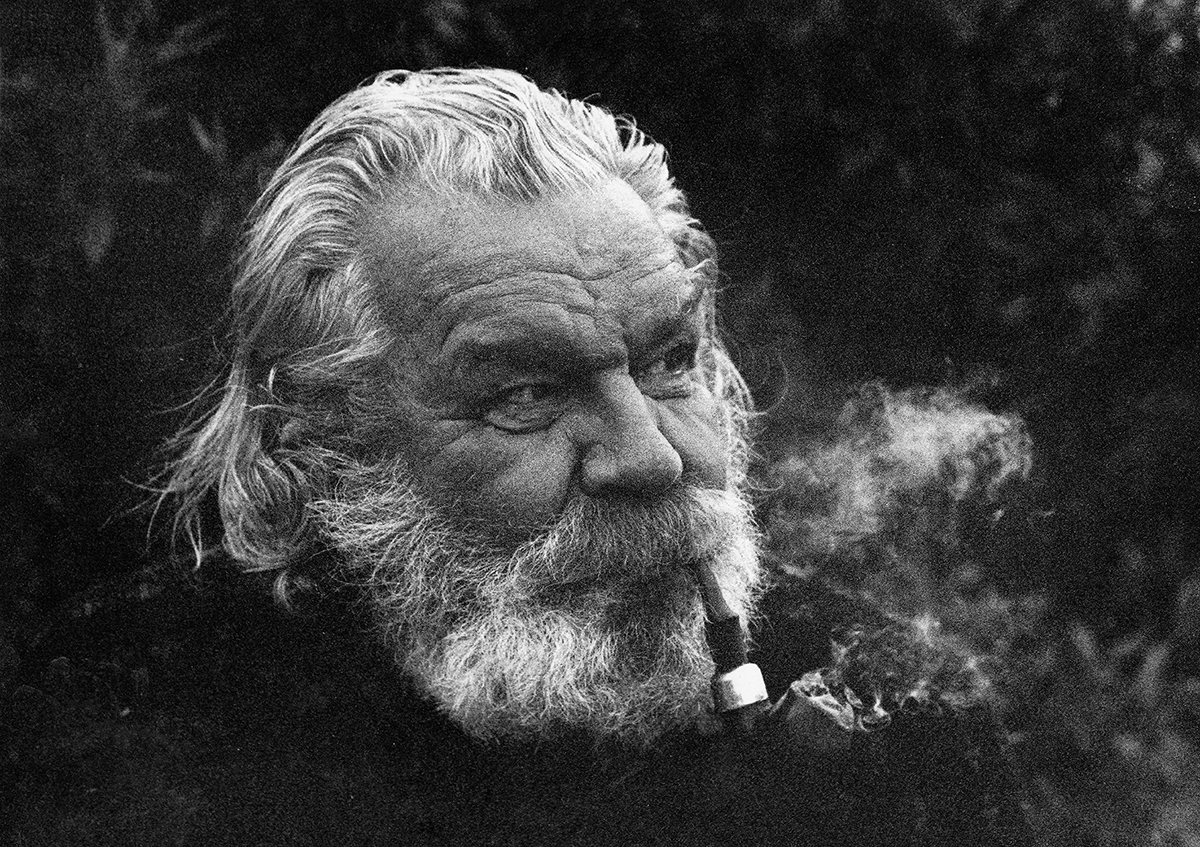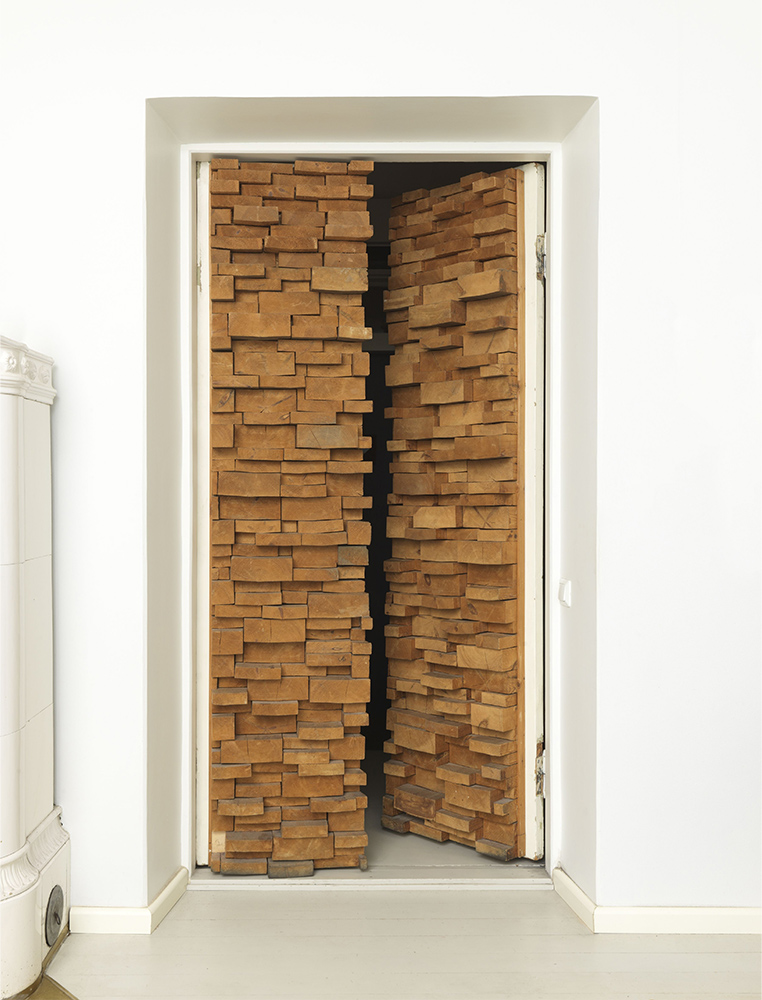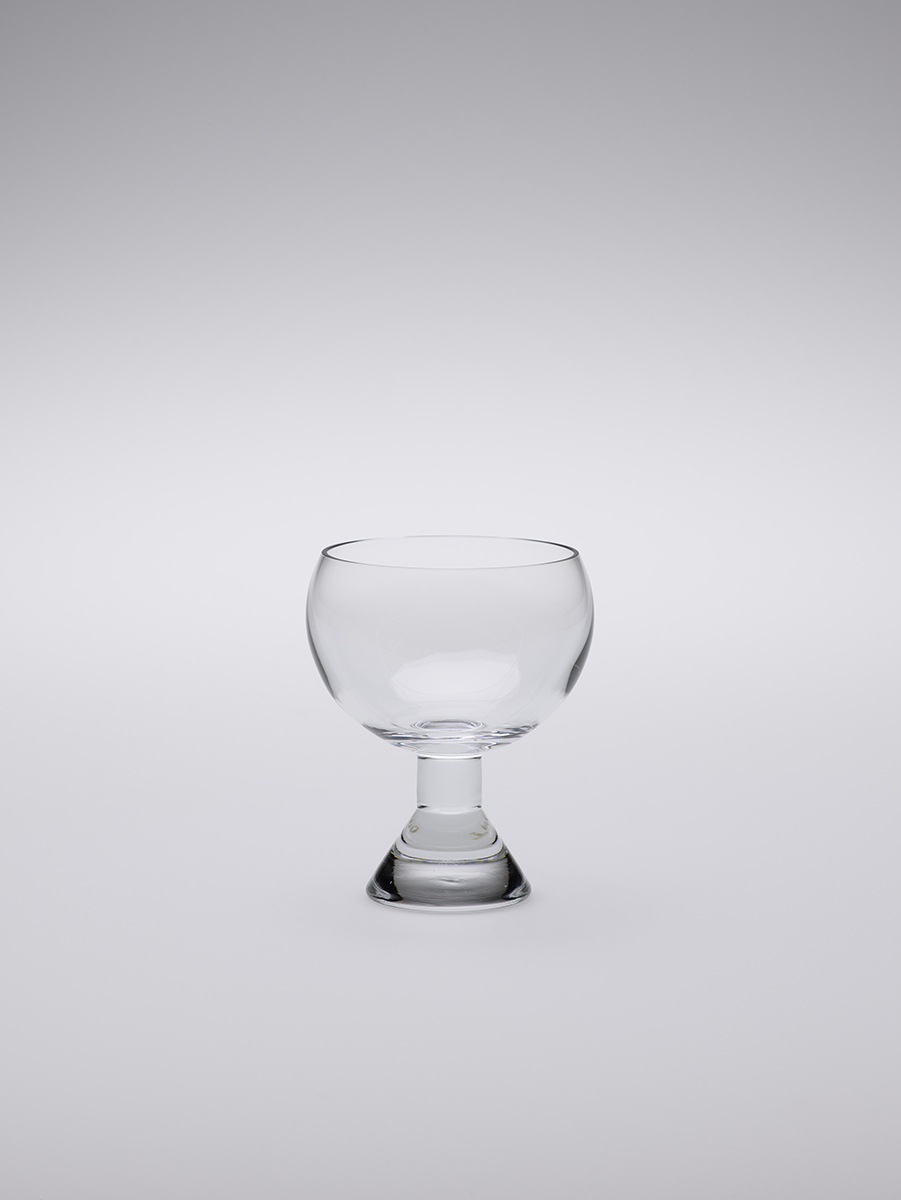TAPIO WIRKKALA — THE SCULPTOR OF ULTIMA THULE
HAPPENINGText: Alma Reyes
Finland has always been highly reputed for its remarkable handcraft designs, marked by refined simplicity and thorough utilization of natural materials. Among the outstanding Finnish designers, Tapio Wirkkala has established an unprecedented legacy in Finnish modern design from the late 1940s through the 1950s, particularly in glasswork. In Japan, where the Iittala brand has set a stylish name for its high quality and aesthetically designed tableware, Wirkkala’s creative pieces have seen enormous popularity among the locals.

Tapio Wirkkala in the 1980s, © Maaria Wirkkala. Tapio Wirkkala Rut Bryk Foundation Collection / EMMA – Espoo Museum of Modern Art
Coinciding with the designer’s 110th birth anniversary (since 1915) and fortieth death anniversary (since 1985), Tokyo Station Gallery is proudly presenting Wirkkala’s very first solo retrospective exhibition in the country, “Tapio Wirkkala — The Sculptor of Ultima Thule” until June 15th this year. The showcase parades approximately 300 amazing, diverse products and objects from the EMMA-Espoo Museum of Modern Art in Finland, Tapio Wirkkala Rut Bryk Foundation, and the Collection Kakkonen, plus photographs and copies of drawings.
Growing up in Helsinki, and moving his work in various locations, from Lapland, Espoo, to Venice, and other places, Wirkkala had gathered a versatile mix of inspirations shaped by a breadth of landscapes. Such a colorful foundation not only drove him to pursue a broad range of genres, from porcelain, wood, plastic, aluminum, cutlery, package design, illustration, lighting, banknotes, to postage stamps, apart from glass, but also a myriad of themes, from traditional to abstract, mushrooms, birds and animals, seasons, leaves, shells, mythology, and organic elements of life. This exhibition accurately sweeps through this enormous scope of achievements.

Tapio Wirkkala, Office door, late 1950s, Private collection. © Ari Karttunen / EMMA
The acute expression of textures is seen In the first room, with a set of life-sized office doors (late 1950s) made from wooden blocks designed for Wirkkala’s Helsinki studio. The blocks have been stacked in a random manner, inciting dynamic movement like kinetic art, and demonstrates the designer’s sense of playfulness. When the doors are shut, they stand like one sculptural piece.
Raised by a sculptor/cemetery architect father and woodcarver/textile artist mother, Wirkkala acquired his passion for the arts inherently. As a glass designer in 1946, he won a design competition organized by Iittala. This stepping stone clearly paved the road to his inevitable success.
In the large hall of “Cabinet of Curiosities,” Wirkkala’s incredible collection of glasses, cups, vases, bottles, plates, coffee/tea pots, cutlery and other objects in various materials attest his inventive creativity in form and color. He once stated, “Every material has its own unwritten laws, and the designer’s aims should be to work in harmony with that material.” (Tokyo Station Gallery)

Tapio Wirkkala, Kartiojalka, 1956, Tapio Wirkkala Rut Bryk Foundation Collection / EMMA – Espoo Museum of Modern Art. © Lilja Oey / EMMA
The Kartiojalka glass (1956), meaning “cone” in Finish, appears like a sphere’s top cut off, but is actually an inverted equilateral triangle. Wirkkala designed it for the 275th anniversary of Finnish glassmaking.
Read more ...




